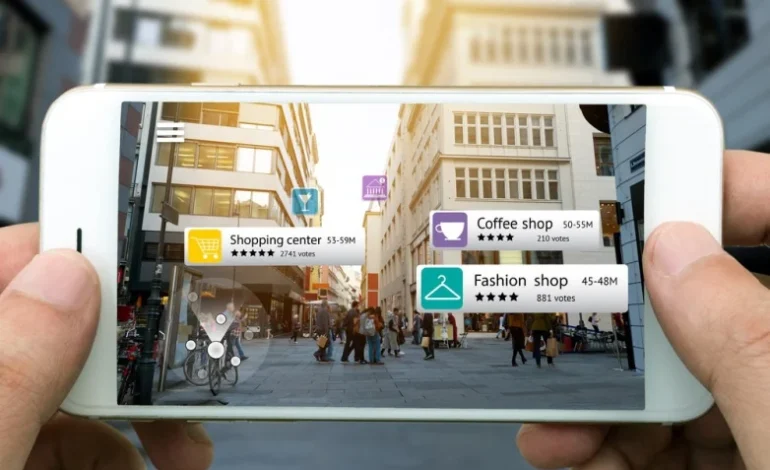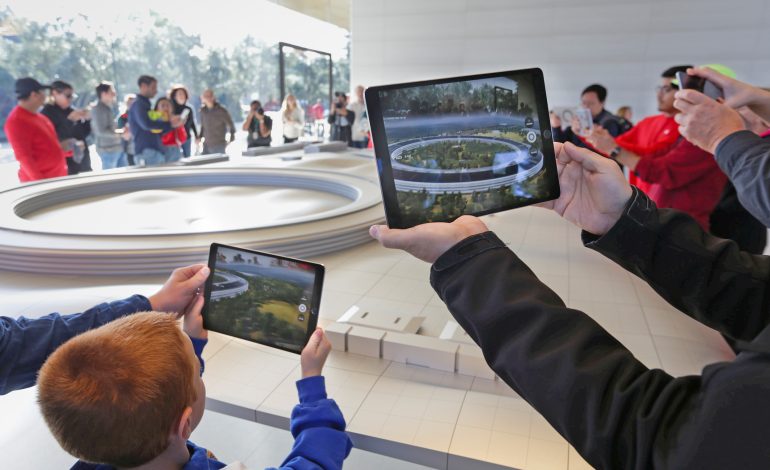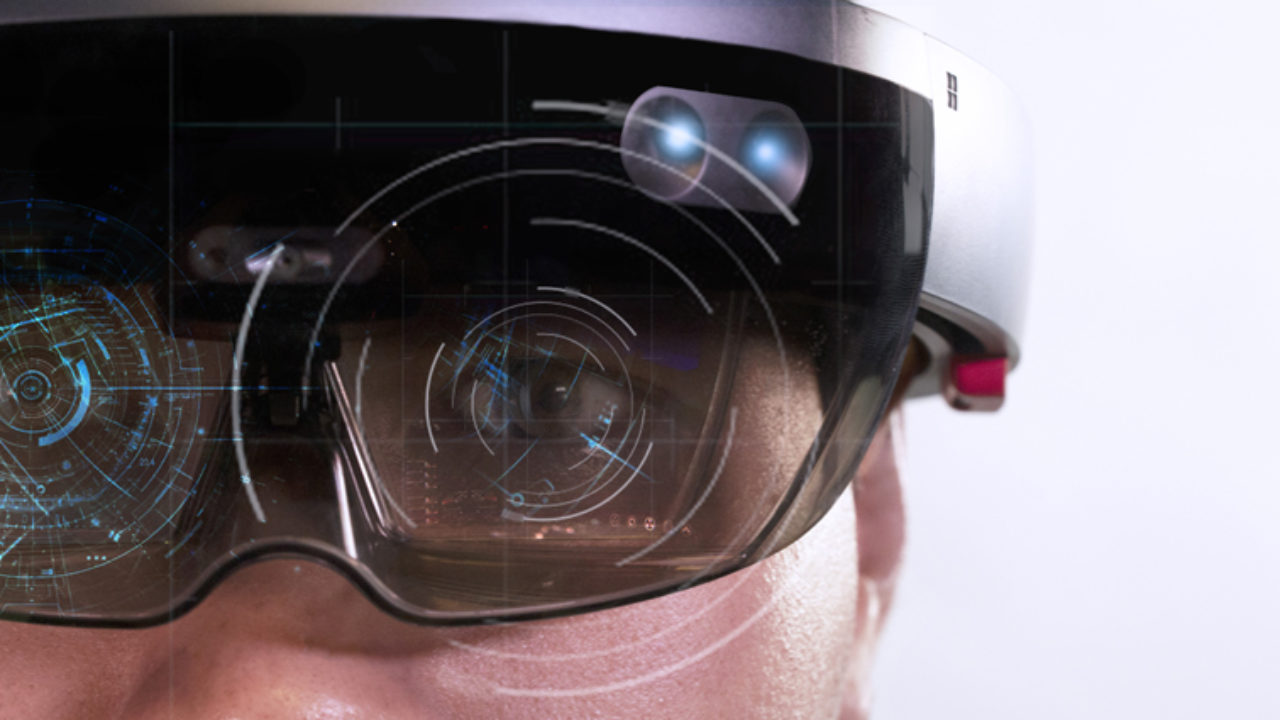Mobile Augmented Reality – The Marmite Problem

From time to time I get into discussions about the value that mobile augmented reality browsers play and their usefulness. I’m always armed with a demo and pretty much every time I show a demo of Wikitude the audience loves it. My bank manager for example thinks augmented reality is fantastic, and so he should after all the impromptu demos he has seen. However, not everyone has the same reaction. I and Nitin were at a Mobile Brain Bank meeting last week and the audience was, let’s say “not fans” of mobile augmented reality browsers.
A recent comment from Paul on a previous post raises a valid point about mobile AR in general:
I simply don’t see the advantage over using a map. Less battery consuming, no need to hold the phone weirdly, you can still visualize data to figure out the direction the POI is, etc.
I like to think of mobile augmented reality browsers as a bit like Marmite, you either love it or hate it.
Love it:
Take an example of finding your nearest tube/subway station. Looking at the AR view isn’t going to help you navigate your way to the station, but navigation isn’t the point. The AR view is useful in helping you get your bearing and to begin walking in the right direction, while the map view is useful for the finer points of navigating.
AR browsers are fantastic for getting data about your surroundings. Pointing the camera at a landmark and seeing the information bubble near the landmark helps visualize that the two are linked. In contrast, looking at a map in an unfamiliar area that has several POIs takes some checking to get orientated.
Hate it:
Accuracy fails in two ways, physical errors with the recorded locations of POIs (I have written on the subject many times), and general GPS accuracy. In the perfect world when I point my phone at a POI the information bubble should be on or around the object, in reality, it never really matches up to the marketing screenshots and is often several degrees away from the target. Of course, it should be said this is the nature of GPS and not the application.
The biggest hurdle to overcome with mobile AR is as Paul mentions, holding the phone weirdly, I can understand that. Personally, I don’t like waving around my iPhone and advertising it to potential opportunist thieves and I’m highly unlikely to take out my phone and wave it around while looking for somewhere to eat.
The Camera View Argument :
A lot of people will argue that the camera view serves no purpose. If you put your finger over the lenses the application doesn’t notice and carries on plotting the POIs regardless. Very true, but the usefulness depends on the data you are viewing and how you want to use it. Viewing a POI in the camera such as a tourist attraction or a house for sale and then being able to click on the information bubble for more information is a clear benefit. Waving my device around to view people who are tweeting around me is not so useful.
3D augmented reality also suffers from the Marmite problem. I like Junaio which has many rich 3D images and a social networking engine to share content, and I like the Layar layer to take a virtual Beatles tour of London as its engaging, but I have evolved beyond the need to take a photo of a crudely drawn object outside my office window.
I see both sides of the Marmite argument and will probably never be able to convince someone to change their point of view. But what I like about mobile augmented reality is the variety of different POIs that are available. I’ll agree that not all of them are useful, and not all of them make sense in the camera window, but they are all fun to try.
What about you, love mobile AR or hate it?




